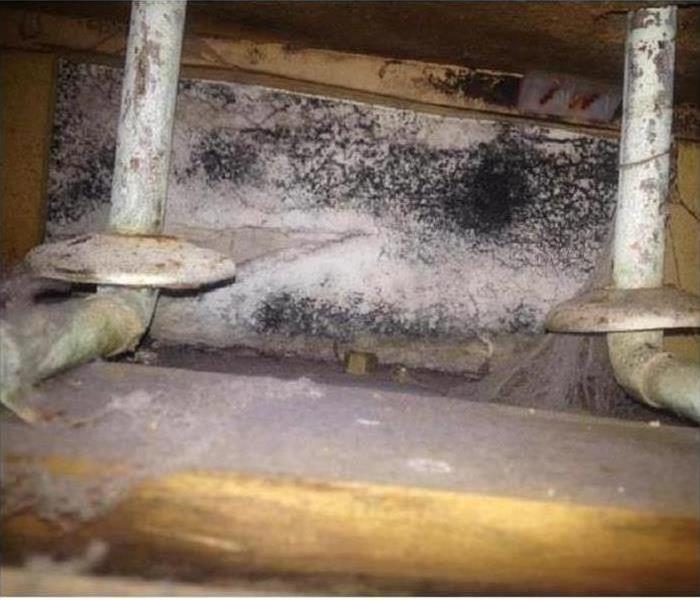What Is the Difference Between Mold and Mildew?
9/11/2023 (Permalink)
Mold damage in your home in Colorado Springs, CO can be costly to remove, but many people don’t know the differences between mold and mildew growth. Understanding the differences between mold and mildew can help you know how to react if either is growing in your home.
Diference Between Mold and Mildew
1. Mildew Causes Less Damage
One of the primary differences between mold and mildew is the amount of damage they cause. Though mildew can cause damage to a home, the damage is generally cosmetic and does not require an extensive restoration process. However, mold can cause significantly more damage, like structural damage, to homes because it can grow on a variety of surfaces.
2. Visual Differences
One way to identify whether it is mold or mildew growing in your home is to examine the appearance of the growth. Mildew often is described as a flat layer since it tends to grow on flat surfaces and is generally gray or white in color. Alternatively, mold is often fuzzy in appearance and can be a variety of colors depending on the type of mold damage.
3. Mold Is Invasive
Certain environments make it easier for both mold and mildew to grow, but mold is generally able to grow in more places than mildew. While mildew may grow on shower curtains or on damp clothing, mold is far more invasive and can grow on drywall, ceilings and other areas in the home. Though both mold and mildew thrive in warm, humid environments, some types of mold are capable of growing in cold areas, too, and may grow in refrigerators and other cool places.
Knowing the difference between mildew growth and mold growth can help you know how to react if your home is affected by mold damage. If you need assistance with restoring your home after it has been damaged by mold, it could be helpful to work with mold remediation experts.




 24/7 Emergency Service
24/7 Emergency Service
